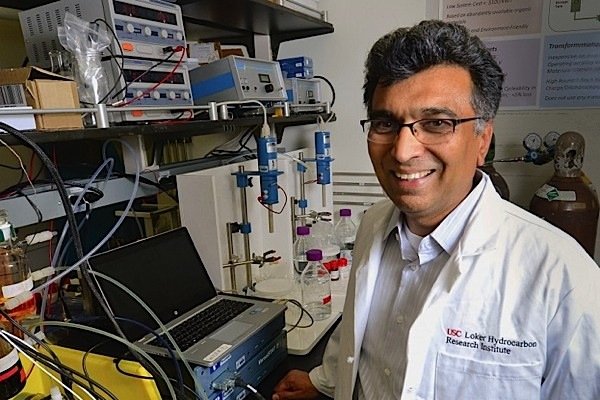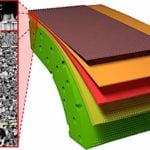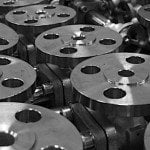A battery that runs on naturally occurring organic materials dissolved in water could be a “game-changer” in the quest for grid-scale electricity storage, according to its inventors, a team of scientists at the University of Southern California (USC). The water-based organic battery is claimed to be long lasting, cheap and environmentally friendly.
As described in a statement from the university, the battery uses no metals or toxic materials. It is intended for use in power plants, where its large-scale storage capacity can add resilience and efficiency to the power grid.

“The batteries last for about 5,000 recharge cycles, giving them an estimated 15-year lifespan,’ said Sri Narayan, professor of chemistry at the USC Dornsife College of Letters, Arts and Sciences and corresponding author of a paper describing the new batteries in Journal of the Electrochemical Society. ‘Lithium ion batteries degrade after around 1,000 cycles, and cost 10 times more to manufacture.”
Organic flow batteries like this one will be game-changers because of their simplicity, cost, reliability and sustainability, one of the research team said. It is the lack of such reliable “mega-scale” energy storage capacity, and the problem of intermittency in the generation of power, that is holding back the country’s use of more renewable energy sources.
The USC battery is based on a redox flow design, similar to a fuel cell, with two tanks of electroactive materials dissolved in water. The tanks can be as large as needed. The solutions are pumped into a cell containing a membrane between the two fluids with electrodes on either side, releasing energy. The release of the energy can be controlled, which alters the amount of power generated by the system.
The breakthrough in this battery is in the electroactive materials. Instead of metals and toxic chemicals, the USC scientists found by experimentation and molecule design that certain oxidized organic compounds called quinones could be used. Quinones are found in plants, fungi, bacteria, and some animals, and are involved in photosynthesis and cellular respiration.
They are the types of molecules “that nature uses for energy transfer.” The potential exists, the USC statement says, to derive quinones from carbon dioxide. Currently they are manufactured from naturally occurring hydrocarbons.

































